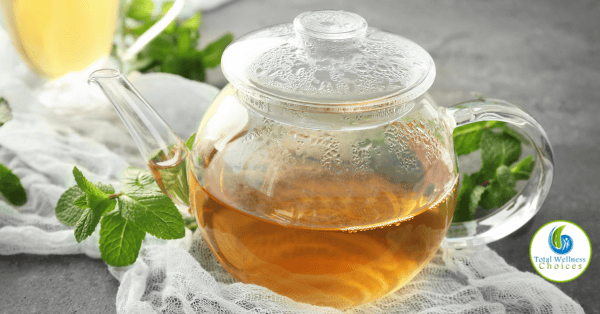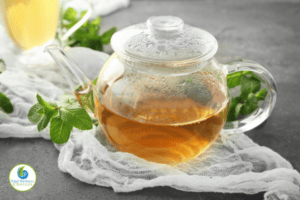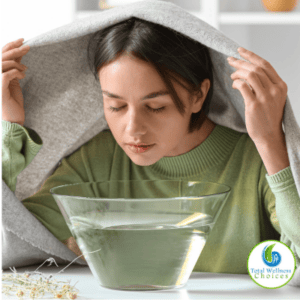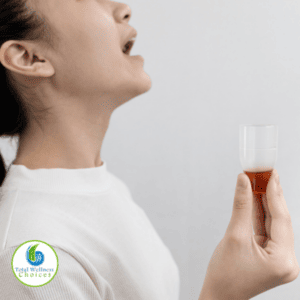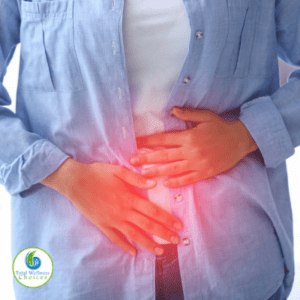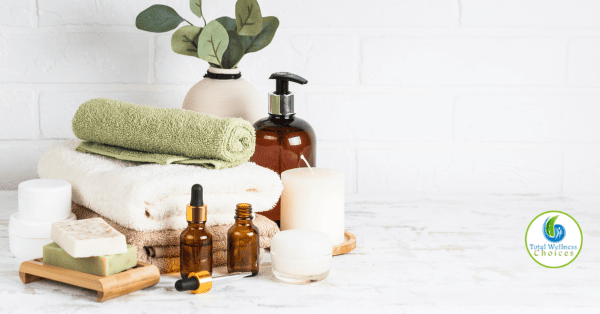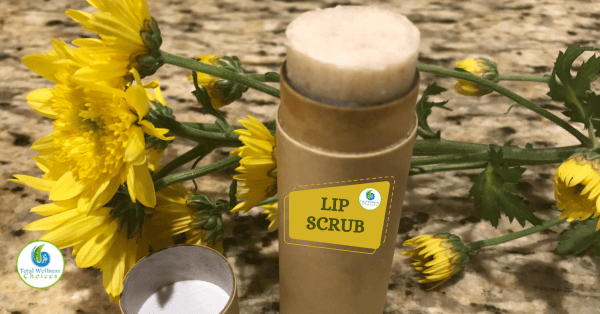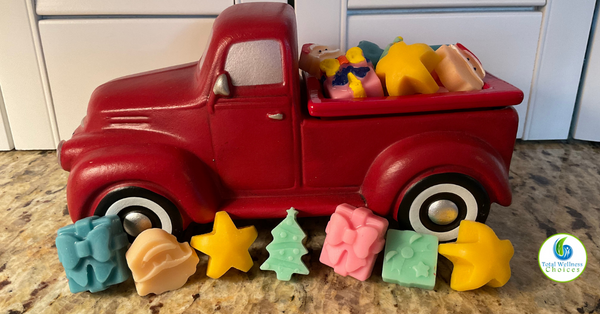Amazing Peppermint Tea Health Benefits

Restorative Herbal Salve Recipe
October 1, 2023Discover the Amazing Health Benefits of Peppermint Tea!
Peppermint tea is a popular herbal tea that is made by infusing peppermint leaves in hot water. Drinking peppermint tea has been associated with several health benefits. Find out some of these amazing benefits and get some easy to use recipes!
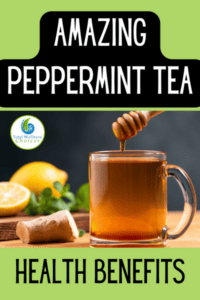
To me peppermint tea has an amazing, soothing, minty taste and smell. But, other
than its great taste and smell what else is it known for? First let me introduce you to
the peppermint plant.
Peppermint (botanical name, Mentha x piperita) is a plant that belongs to the mint
family. It is a cross between water mint (Mentha aquatics) and spearmint (Mentha spicata).
It is widely used for its many flavorful, supportive and medicinal properties.
Peppermint is used as a flavoring in many familiar consumed items including:
breath mints, candies, chewing gum, liqueurs, over-the counter medicine, ice
cream, tea, and others. Many find peppermint to be refreshing.
Not only is peppermint great at flavoring different things, but it also has some
valuable qualities. For example: Just one ounce (28 grams) of dried peppermint
provides 220mg of magnesium, 540mg of calcium and 753mg of potassium!
One of the main chemical constituents of peppermint is menthol, which is
responsible for its cooling and soothing effects.
Another “cool’ (no pun intended) thing about menthol is its ability to inhibit those
nerves that react to painful stimuli. This provides relief to coughs, stomach
(intestinal) cramps, muscle cramps and more.
Peppermint tea is a popular way to use this delightful mint. This herbal tea is
made by infusing fresh or dried peppermint leaves in hot water.
A refreshing and delicious way to boost your health and well-being, this aromatic tea has been used for centuries for its medicinal properties. Modern research has also confirmed peppermint’s many health benefits.
In this blog post, we will explore the many health benefits of peppermint tea, provide some tasty or medicinal recipes, and include some scientific documentation.
Digestive Health
Peppermint tea is perhaps most well-known for its ability to aid digestion.
The menthol in peppermint helps to relax the muscles in the digestive tract,
easing symptoms of nervous stomach, indigestion, bloating, gas, and even diarrhea.
Studies have shown that peppermint tea can be particularly effective in treating
chronic digestive disorders; such as, irritable bowel syndrome (IBS).
One study found that taking peppermint oil reduced the severity and frequency of IBS symptoms.
This study suggests that drinking peppermint tea might also be helpful for reducing IBS symptoms.
Peppermint tea may also have potential as a natural remedy for nausea.
Some studies have found that peppermint oil capsules can reduce nausea and vomiting in people undergoing chemotherapy.
One study showed that using a cool damp washcloth with peppermint essential oil was effective in decreasing the intensity of nausea that chemotherapy patients experienced when compared to using a cool washcloth alone.
While more research is needed, this suggests that peppermint tea could be a
useful alternative to anti-nausea medications for some people.
Recipe: Peppermint Tea
Ingredients:
- 1 tablespoon dried peppermint leaves or 3-4 fresh peppermint sprigs
- 8 ounces boiling water
Instructions:
1. Place the peppermint leaves or sprigs in a tea infuser or directly in a teapot.
2. Pour the boiling water over the peppermint.
3. Steep for 5-10 minutes.
4. Remove the infuser or strain the tea and enjoy!
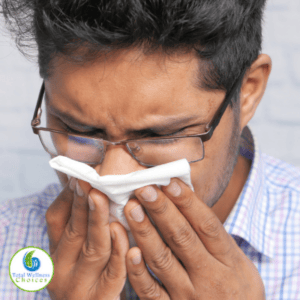
Respiratory Health
Peppermint has antimicrobial properties that suggest its usefulness to fight off infections. This can make it beneficial for respiratory health.
Consuming peppermint in tea form is helpful due to its natural decongestant benefit. It is used to help to relieve respiratory issues such as coughs, colds, and sinusitis.
In addition to drinking a peppermint tea infusion the leaves of peppermint can be
made into a steam bath and inhaled to help break up congestion.
Recipe: Peppermint Steam Bath
Ingredients:
- 1 to 2 cups dried peppermint leaves
- 1 to 2 drops peppermint essential oil (optional)
- 3 to 4 cups boiling water
- medium-size bowl
- bath towel
Instructions:
1. Place the peppermint leaves in bowl.
2. Pour the boiling water over the peppermint.
3. Add essential oil if using.
5. Position head over bowl, taking care to distance self enough to avoid burns from steam!
6. Drape towel over head like tent to hold steam.
7. Close eyes (to avoid irritation).
8. Inhale deeply. Reposition self if needed to avoid getting too hot or causing burn.
9. Repeat every 2 to 3 hours, or as needed.
The menthol in peppermint has a cooling effect that can help to soothe a sore
throat and reduce coughing.
Inhaling aroma essential oils reduced sore throat and fatigue in adults with post-COVID-19 condition per one study reported in 2023. (This study used a combination of eucalyptus, lemon, lavender, peppermint and tea tree essential oils).
In addition to using peppermint in a steam bath, I have found that drinking peppermint tea can be very soothing for a sore throat – especially when it is brought on by a cough!
I sometimes prefer using lemon in the tea instead of honey.
Recipe: Peppermint Throat Soother
Ingredients:
- 1 tablespoon dried peppermint leaves or 3-4 fresh peppermint sprigs
- 1 tablespoon honey
- 8 ounces boiling water
Instructions:
1. Place the peppermint leaves or sprigs in a tea infuser or directly in a teapot.
2. Pour the boiling water over the peppermint.
3. Steep for 5-10 minutes.
4. Add the honey and stir until dissolved.
5. Remove the infuser or strain the tea and enjoy!
Fevers
Considered a cooling herb, peppermint is often used when a person feels hot
and is restless.
Peppermint has traditionally been used to fight fevers that go along with flu and
other viruses. It is said to open one’s pores, thus allowing heat to escape.
Emotional Health
Peppermint tea can also be helpful for reducing stress and anxiety. The menthol in peppermint has a calming effect for many that can help to reduce feelings of anxiety and promote relaxation.
Additionally, the act of drinking tea itself can be a soothing and comforting ritual that can help to reduce stress.

Recipe: Peppermint/Chamomile Relaxation Tea
A wonderful tea blend which I like drinking before bedtime to help me nod off to sleep is peppermint-chamomile.
Chamomile has been used for centuries as a natural remedy for anxiety and insomnia, while peppermint helps to soothe the stomach and relieve stress.
Together, they make a delicious and comforting tea that can help you unwind and de-stress after a long day!
Ingredients:
- 1 to 1 ½ tablespoons of dried peppermint leaves
- 1 to 2 teaspoons of dried chamomile flowers
- 2 cups of water
- Honey or lemon (optional)
Instructions:
1. Boil 2 cups of water in a pot.
2. Add dried peppermint and chamomile to the water.
3. Reduce the heat to low and let it simmer for 5-10 minutes.
4. Turn off the heat and let it steep for another 5-10 minutes.
5. Strain the tea into a cup using a sieve or cheesecloth.
6. Add honey or lemon to taste, if desired.
Enjoy your peppermint relaxation tea while it’s still warm and soothing.
Tension Headaches
In addition to soothing the above mentioned concerns, peppermint tea may help
to relieve tension headaches.
A small study found that applying peppermint oil to the temples and forehead
could reduce the intensity of tension headaches.
Since peppermint tea contains menthol, it’s possible that drinking it in tea form could have similar effects.
Another way to use peppermint for headaches is in the form of a compress used over your forehead or to the back of your neck.
Recipe: Peppermint Compress For Headaches
Ingredients:
- 6 to 8 tablespoons dried peppermint leaves or 8 to 12 fresh peppermint sprigs.
- 16 ounces boiling water
- Wash cloth
- Medium-size bowl
Instructions:
1. Place the peppermint leaves or sprigs in a tea infuser or directly in a teapot and pour boiling water over. Steep for 10 to 15 minutes.
2. Pour this infusion into bowl and let stand until safe for skin.
3. Dip cloth into peppermint infusion saturating completely.
4. Wring out some liquid so not dripping and apply to forehead and/or back of neck.
5. Keep on area for 30 to 45 minutes.
6. Repeat from #3 to #5 several times a day as needed.
Cognitive Function and Fatigue
Natural compounds in this minty tea have been shown to improve cognitive function and reduce fatigue. One study that included 24 healthy young participants showed they experienced less mental fatigue during a cognitive test when given peppermint oil capsules.
Once more it seems that menthol is the reason for this improvement. That is because menthol can increase blood flow to the brain, which can improve cognitive performance.
Trying to stay alert without the effects of caffeine? Peppermint is referred to as a stimulating herb that promotes alertness without that caffeine jolt.
Oral Health
Peppermint has been used for centuries as a natural remedy for oral health.
One study found that peppermint oil could inhibit the growth of several types of bacteria, including E.coli and Staphylococcus aureus.
While more research is needed, this suggests that peppermint tea could have
some benefits for oral health and preventing infections.
Peppermint tea might be useful to help fight against harmful oral bacteria, freshen breath and reduce inflammation.
Here is a simple recipe that used peppermint for oral health:
Recipe: Peppermint Mouthwash
Ingredients:
- 1 tablespoon dried peppermint leaves
- 1 cup boiling water
- 1 teaspoon honey (or a pinch of stevia) – optional
Instructions:
1. Place the dried peppermint leaves in a tea strainer or infuser.
2. Pour boiling water over the peppermint leaves and let steep for 5-10 minutes.
3. Remove the tea strainer or infuser and add honey or stevia, if desired.
4. Allow the tea to cool to a comfortable temperature before using it as a mouthwash.
5. Swish the tea around your mouth for 30-60 seconds, then spit it out.
6. Repeat the process up to three times daily.
Anti-Inflammatory/Antioxidant Properties
This amazing tea has been found to have anti-inflammatory and antioxidant properties, which can help to reduce inflammation and protect against cellular damage.
Peppermint tea can be used as a wash, or added to bath water (strong brew
recommended) to help relieve the skin itching and inflammation from hives,
sunburns and poison oak or ivy.
Cramps
Peppermint tea may help to relieve menstrual cramps. Some studies have found that taking peppermint oil capsules can reduce the severity of menstrual cramps.
While it’s not clear whether drinking peppermint tea would have the same effect,
it’s possible that the relaxing properties of menthol could help to relieve muscle tension.
The use of peppermint for other cramps, or spasms, such as to your back can also
be tried. A poultice of peppermint to the area would be one way to apply.
When to Avoid
Even though peppermint (in herb form) is considered generally safe for everyone keep in mind the following:
It is important to note that some individuals may need to avoid drinking peppermint tea. For example, peppermint tea can worsen symptoms of gastroesophageal reflux disease (GERD) in some individuals.
Some who have sensitive stomachs may find that peppermint can cause heartburn.
Additionally, peppermint tea can interact with certain medications, such as: calcium channel blockers and other drugs used for high blood pressure, cyclosporine, taken by transplant recipients to prevent organ rejection. and drugs that reduce stomach acid, ulcer medications.
Overall, peppermint tea is a refreshing and healthy beverage that can be enjoyed by most people.
However, it is important to consult with a healthcare provider before adding
peppermint tea to your diet if you have any medical conditions, such as high
blood pressure, ulcers, pregnancy, or are nursing a baby, or are taking any medications.
Additional Points to Consider
The anti-inflammatory and antioxidant properties of peppermint tea might
benefit your skin. It is used by some to reduce redness, irritation, and acne.
It might be helpful for bug bites: Just apply a paste of baking soda and peppermint tea to a bug bite.
While peppermint tea is safe for most people, it is important to avoid excessive consumption. Drinking too much peppermint tea can cause side effects such as heartburn, nausea, and diarrhea.
If you are pregnant or breastfeeding, it is best to consult with your physician.
In excess it can reduce milk supply in nursing mothers.
Peppermint tea is a caffeine-free alternative to regular tea and coffee. It is also
low in calories and can be consumed hot or cold.
When making peppermint tea, it is wonderful when available to use fresh peppermint leaves as they have a stronger flavor and aroma than dried leaves.
Scientific Documentation
Numerous studies have been conducted on the health benefits of peppermint tea.
Here are a few examples:
1. A study published in the Journal of Gastroenterology and Hepatology found
that peppermint oil can be an effective treatment for IBS symptoms.
Participants who took peppermint oil capsules for four weeks experienced a
reduction in abdominal pain, bloating, and gas.
2. Another study published in the Journal of Advanced Nursing found that
inhaling peppermint essential oil can reduce symptoms of chemotherapy-
induced nausea and vomiting.
3. A review of studies published in Phytotherapy Research found that
peppermint oil can be effective in treating tension headaches when applied
topically to the forehead and temples.
Conclusion
I find that peppermint tea is a delicious and healthy way to support overall health including: digestive, respiratory, physical and mental health. Whether you’re looking to soothe a sore throat or cramps, ease indigestion, or reduce stress, peppermint tea has something to offer. So why not brew up a cup today and enjoy all the benefits that this wonderful tea has to offer?
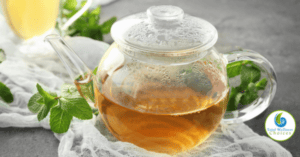
These statements have not been evaluated by the Food and Drug Administration. This article is for educational and informational purposes only and does not intend to diagnose, treat, cure, or prevent any disease or health condition. It is always recommended that you seek the advise of your private medical doctor.

